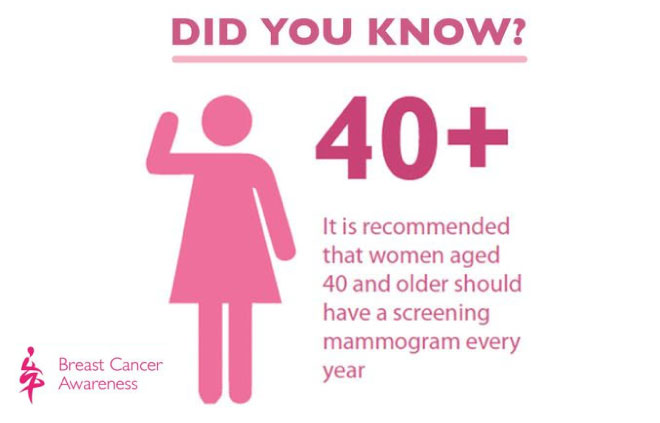Weighing the Benefits and Risks of Mammography
Mammography is a screening test for breast cancer. It’s used to find breast cancer early (before it causes any warning signs or symptoms), when the chances of survival are highest.
Regular mammography (along with follow-up tests and treatment if diagnosed) can reduce the chance of dying from breast cancer. However, the risks and benefits are not the same for all women.
There are still questions related to:
- How much benefit mammography offers
- The over-diagnosis and over-treatment of ductal carcinoma in situ (DCIS) and small, slow-growing invasive breast cancers
This has led to different recommendations for when to start getting screening mammograms and how often to have them.
Benefits of mammography
The benefits of screening mammography vary by age. Women ages 50-69 get the most overall benefit for a number of reasons [22].
For example, breast cancer in women younger than 50 is much less common than breast cancer in women 50 and older [1].
|
Benefits of mammography by age group |
||
|
Age group |
Risk of dying from breast cancer (compared to women who did not get mammograms) |
Number of breast cancer deaths avoided per 10,000 women screened for 10 years |
|
39-49 |
Women who got mammograms on a regular basis had a similar risk of dying from breast cancer |
0-9 |
|
50-59 |
Women who got mammograms on a regular basis had a 14 percent lower risk of dying from breast cancer |
2-17 |
|
60-69 |
Women who got mammograms on a regular basis had a 33 percent lower risk of dying from breast cancer |
11-32 |
|
Adapted from U.S. Preventive Services Task Force, 2016 [22]. |
||
Getting regular screening mammograms lowers the risk of dying from breast cancer, but it doesn’t completely remove the risk.
Although the benefits of mammography are real, a woman who gets regular mammograms may still be diagnosed with breast cancer and unfortunately, may still die from the disease.








